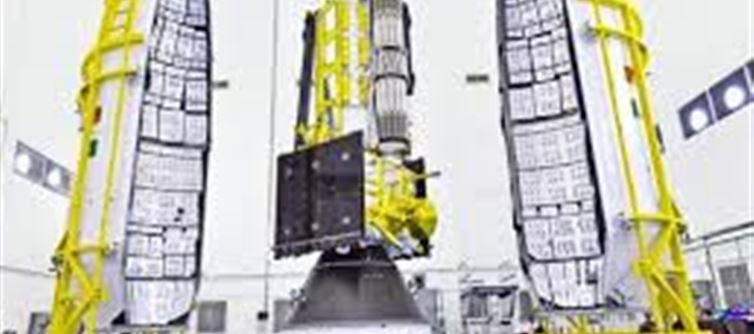The
indian Space Research Organization (ISRO) said on
sunday (July 27, 2025) that the first Earth Observation Satellite (NISAR) jointly built by
india and the US space agencies,
isro and
nasa, will now be launched on July 30. This satellite will monitor the changes taking place on the earth's surface, sea, ice and forests.
NISAR mission launch date and place
What is NISAR Mission?
NISAR (NASA-ISRO Synthetic Aperture Radar) is an advanced satellite mission developed jointly by
isro and NASA. This satellite will help in accurately measuring the changes taking place in the earth's surface, ice, forest and oceans. This satellite will be able to take pictures of the entire earth every 12 days, so that scientists can study important aspects like climate change, earthquakes, volcanoes, landslides and melting of glaciers. Its data will also be used in agriculture, disaster management and environmental protection. After launch, it will take 90 days for setup, then it will start working.
What is the objective of NISAR mission?
1. To measure the movement of land and ice.
2. To understand the changes taking place in crops and forests.
3. To study the ice of Himalayas,
greenland and Antarctica.
4. To analyze changes in earthquakes, volcanoes, landslides and groundwater level
Responsibility of both the countries increased
1.
isro has prepared S-band radar, satellite structure, data system and launch.
2.
nasa has built a 9 meter boom for L-band radar, GPS receiver, solid-state recorder and 12 meter wide reflector.
3. The first 90 days after launch will be called the 'commissioning phase', in which all the equipment will be checked and set up.
What is the importance of NISAR mission
According to
isro, this mission will prove to be a milestone in earth monitoring technology. Scientists will get data from two different radar technologies from a single platform, which will help in better understanding the changes related to environment and climate.






















